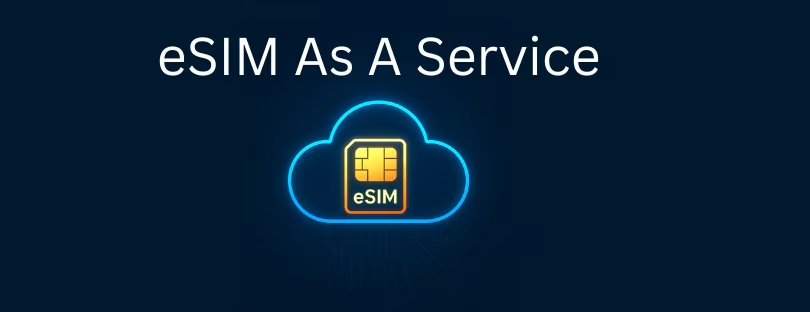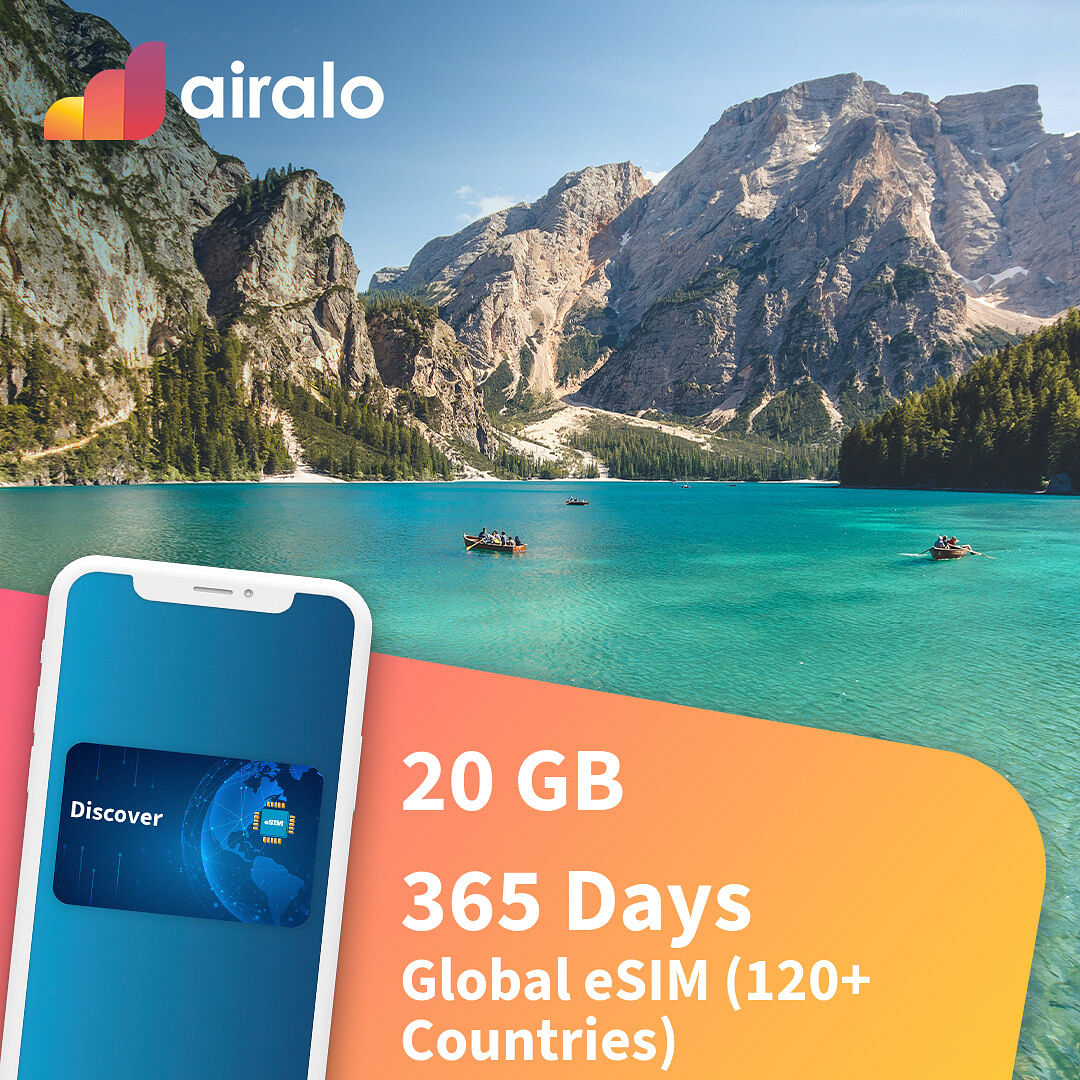
The SaaS-ification of Connectivity: Inside the eSIM Business Boom
In a world where software is eating everything—from banking to fitness to how we order lunch—there’s one industry quietly undergoing the same transformation: telecom. At the heart of this shift is eSIM technology, a small chip with massive potential. Unlike traditional SIM cards, eSIMs are embedded directly into devices and can be activated, switched, or customized remotely. But here’s where it gets interesting: the rise of eSIM isn’t just a hardware evolution—it’s a business model revolution. eSIM as a Service
As we enter the latter half of 2025, a growing wave of startups and telecom disruptors are treating eSIM not as a telecom tool, but as a SaaS product—complete with cloud platforms, subscription billing, white-label dashboards, and recurring revenue baked in. From travel tech to enterprise IoT, eSIM is becoming the next billion-dollar SaaS playground.
The Rise of eSaaS: When Telecom Meets the Cloud
As we move deeper into 2025, eSIM companies are not just adapting to new technology—they’re redefining telecom as a software-first industry. This transformation is clearest in the rise of eSIM as a Service (eSaaS): cloud-based platforms that let users manage connectivity like any modern SaaS tool—remotely, flexibly, and affordably.
Take RiPSIM, for instance—a cloud-native eSIM management platform allowing real-time provisioning and enterprise-grade profile management. Similarly, Amdocs offers eSIM SaaS solutions with a “pay-per-use” model, reporting over 90% reduction in carbon emissions compared to physical SIM logistics, while enabling rapid “try and buy” campaigns. This shift moves telecom from hardware-based logistics to a cloud-driven, scalable experience—mirroring the way Salesforce or Zoom replaced legacy software.
Market Momentum: Billions of Devices, Billions in Revenue
The numbers speak for themselves. According to Fortune Business Insights, the global eSIM market was valued at $1.46 billion in 2024, and is projected to reach $6.29 billion by 2030, growing at a 20% CAGR. Meanwhile, nearly 2 billion eSIM-compatible devices are expected to be active by the end of 2025.
The travel sector alone is expected to account for $365 million of that growth by 2025, driven by digital nomads and remote workers demanding borderless data plans. SaaS-like eSIM providers such as Airalo and eSIM Go allow businesses—even small ones—to offer white-label digital connectivity services with no carrier infrastructure required.
The IoT & 5G Effect: Recurring Revenue at Scale
The convergence of eSIM, 5G, and IoT is driving adoption beyond consumer phones. Global shipments of cellular IoT modules featuring eSIM reached 650 million units in 2023, and are forecasted to hit 3.2 billion by 2030, growing at 18% CAGR.
In industries like logistics, utilities, and smart cities, this means not just one-time revenue, but ongoing subscription-based billing tied to each connected device. Platforms like Simless offer on-demand iSIM (integrated SIM) enablement with near-zero CapEx, unlocking recurring profits at minimal marginal cost.
Efficiency as a Service: eSIM’s Operational Edge
Compared to traditional SIMs, eSIMs slash physical logistics, shipping, and inventory costs—reducing operational expenditures by up to 80% per lifecycle. Remote provisioning enables users to switch plans or carriers through an app, much like upgrading a SaaS plan—no physical handling required.
By 2025, 60% of smartphones and 99% of smartwatches will ship with eSIMs, according to GSMA Intelligence. This hardware shift enables personalized and secure services at scale—for instance, eSIMs with built-in VPNs offer enhanced privacy and compliance for enterprise clients, directly aligning with broader SaaS trends like AI-driven personalization and zero-trust security models.
B2B Innovation: eSIM as an Enterprise Platform
Beyond consumers, eSIM is spawning an entire class of SaaS platforms for B2B. Tools like G+D’s eDES (eSIM Device Enablement Service) allow companies to remotely manage eSIM deployments across their workforce—mirroring SaaS values like accessibility, analytics, and automation.
In fintech, eSIM powers secure, always-connected banking apps. In travel, eSIM monetization layers are being integrated into loyalty and booking apps. And in telecom, MVNOs (Mobile Virtual Network Operators) are expanding globally using cloud-based eSIM platforms like Telnyx, creating new revenue streams from white-labeled offerings.
The Future: Satellite, Private 5G, and Hybrid Connectivity
With satellite networks (like Starlink) and private 5G deployments on the rise, eSIM SaaS is uniquely positioned to support hybrid connectivity models. Analysts forecast that travel eSIM services could grow to $8.9–$10.1 billion by 2028, covering multiple networks, regions, and use cases with seamless user experiences.
These capabilities are drawing investor attention, as eSIM platforms deliver the kind of agility, scalability, and low churn that previously defined the SaaS revolution in software.
Global Mobility + SaaS = Perfect Timing
Post-pandemic shifts in work and mobility have only accelerated eSIM’s appeal. Remote workers, frequent travelers, and global teams all demand borderless connectivity without roaming fees. By 2030, 76% of smartphones globally will support eSIM, with North America reaching 98% penetration.
This expansion also unlocks emerging markets like Southeast Asia and Africa, where eSIM adoption is being boosted by national IoT strategies. Regulatory alignment, such as GSMA’s zero-touch provisioning standards, is reducing fragmentation and supporting SaaS-style interoperability across devices and carriers.
And with iSIM technology—where the SIM is embedded directly into the processor—growing at 160% CAGR, even smaller and more efficient integrations are coming.
Conclusion: eSIM Is Not Just a Trend—It’s the Infrastructure of SaaS 2.0
What we’re seeing with eSIM isn’t simply a telecom upgrade—it’s the emergence of a new layer of digital infrastructure, one that blends the flexibility of SaaS with the reach and utility of global connectivity. As cloud-native, pay-as-you-go eSIM platforms mature, they’re enabling a future where connectivity itself becomes a programmable service, embedded into apps, platforms, and ecosystems the same way payments, authentication, or analytics already are.
This is unfolding against a backdrop of major trends: the normalization of borderless workforces, surging IoT deployments, rising demand for hybrid and private 5G networks, and a growing focus on zero-trust and embedded security. Every one of these requires seamless, scalable, remote-managed connectivity—and that’s exactly what eSIM delivers.
Startups are no longer just offering eSIMs—they’re building platforms, APIs, and tools that let others monetize connectivity as if it were software. Investors are already catching on: funding in the eSIM space has accelerated sharply in 2024–2025, with unicorn valuations, consolidation plays, and enterprise integrations on the rise.
In short, the eSIM business model is no longer about selling mobile access—it’s about selling access to infrastructure that scales like SaaS. Those who recognize this shift early—whether they’re telcos, tech founders, or travel platforms—stand to shape one of the most important and overlooked SaaS frontiers of the next decade.










